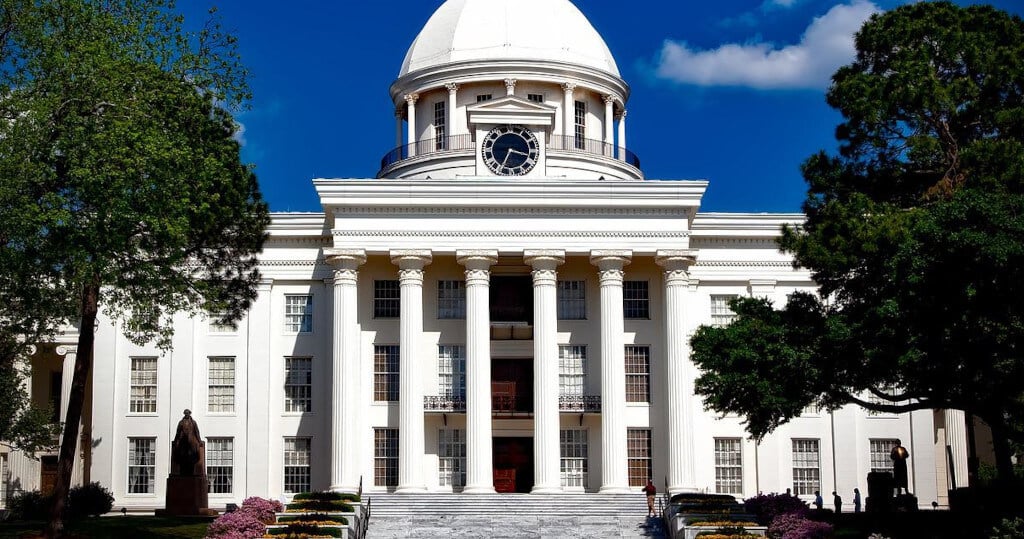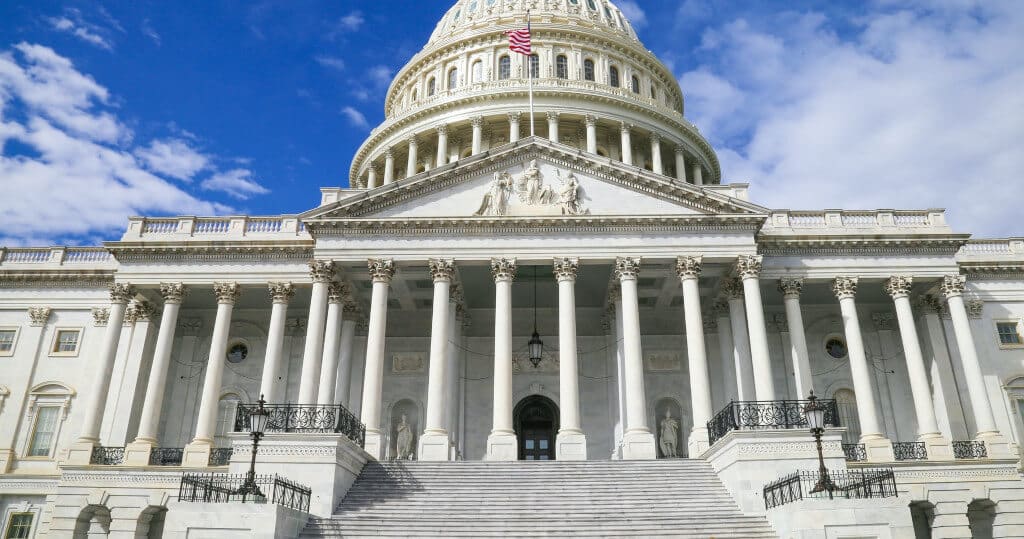16th Amendment to the United States Constitution Explained
16th Amendment of the Constitution
The Congress shall have power to lay and collect taxes on incomes, from whatever source derived, without apportionment among the several States, and without regard to any census or enumeration.
What Is the 16th Amendment?
The 16th Amendment, which was ratified on February 3, 1913, grants Congress the authority to impose taxes on all forms of income without regard for demographics and without apportionment among states.  The 16th Amendment transferred power to the federal government in the 20th century. It allowed the government to collect income tax from the whole country. The income tax became the federal government’s most significant source of revenue. Previously, in the nineteenth century, the government got most of its revenue from excises, duties, and imports. The 16th Amendment was one of the early twentieth-century amendments promoted by Progressives.
The 16th Amendment transferred power to the federal government in the 20th century. It allowed the government to collect income tax from the whole country. The income tax became the federal government’s most significant source of revenue. Previously, in the nineteenth century, the government got most of its revenue from excises, duties, and imports. The 16th Amendment was one of the early twentieth-century amendments promoted by Progressives.  It brought changes to a ruling that the Supreme Court had made in 1895, which had made federal income tax unattainable.
It brought changes to a ruling that the Supreme Court had made in 1895, which had made federal income tax unattainable.
Comprehending the Sixteenth Amendment
After Congress approved a joint resolution in July of 1909, the amendment was ratified in the state of Alabama one month later.  However, it would only come into effect after it was approved in New Mexico, Delaware, and Wyoming. The states approved it, and the Sixteenth Amendment of the United States Constitution was ratified in 1913 on February 3rd. In the same year, 1913, the federal government levied the first permanent income tax.
However, it would only come into effect after it was approved in New Mexico, Delaware, and Wyoming. The states approved it, and the Sixteenth Amendment of the United States Constitution was ratified in 1913 on February 3rd. In the same year, 1913, the federal government levied the first permanent income tax.  Several brackets were involved in the first income tax rules. The tax rates were 1 percent up to $20,000 income, and for income that was over $500,000, it was 6 percent. The federal government raised a total amount of $28.3 million in 1913.
Several brackets were involved in the first income tax rules. The tax rates were 1 percent up to $20,000 income, and for income that was over $500,000, it was 6 percent. The federal government raised a total amount of $28.3 million in 1913.
Federal Government’s Income Tax Before the Sixteenth Amendment Was Enacted

Before the Sixteenth Amendment, there was a federal income tax that Congress imposed, and shortly afterward, the Internal Revenue Service was established. The tax was three percent for people who earned over $800 annually and 5 percent for those who made over $10,000 annually. The purpose of collecting the tax was to fund the Civil War. The income tax law expired in 1872 after the rates were increased in 1864. However, most of the revenue was generated from tariffs and excise taxes.
Supreme Court challenge

In 1894, Charles Pollock challenged Congress in the Supreme Court after it wanted to impose an additional federal income tax of 2 percent for earnings over $4,000. Pollock won after the Supreme Court ruled in his favor, and the tax was suspended. Article I, Section 2, Clause 3 of the United States Constitution influenced the reasoning behind the ruling. In terms of the United States Constitutional law, a direct tax is a tax imposed on a property through ownership. Pollock had ten shares in a company known as the Farmers’ Loan and Trust. He also had dividends and property rent. Therefore the description of direct taxation applied to Pollock’s situation.
Tariffs and the cost of living
Before levying a direct tax, it had to be apportioned by Congress among states. Each state was given an amount it had to raise.
Get Smarter on US News, History, and the Constitution
Join the thousands of fellow patriots who rely on our 5-minute newsletter to stay informed on the key events and trends that shaped our nation's past and continue to shape its present.

However, the 16th amendment brought change to that need. The states that mainly supported the changes were the ones in the West and South. Those regions provided tariffs that were the federal government’s primary source of revenue.
Edward Savey
Edward Savey holds a Bachelor's degree in Political Science from the University of Georgia and a Master's degree in Public Administration with a focus on constitutional law from Georgetown University. He launched constitutionUS.com as its editor, striving to make complex constitutional topics accessible to the public.

 The 16th Amendment transferred power to the federal government in the 20th century. It allowed the government to collect income tax from the whole country. The income tax became the federal government’s most significant source of revenue. Previously, in the nineteenth century, the government got most of its revenue from excises, duties, and imports. The 16th Amendment was one of the early twentieth-century amendments promoted by Progressives.
The 16th Amendment transferred power to the federal government in the 20th century. It allowed the government to collect income tax from the whole country. The income tax became the federal government’s most significant source of revenue. Previously, in the nineteenth century, the government got most of its revenue from excises, duties, and imports. The 16th Amendment was one of the early twentieth-century amendments promoted by Progressives.  It brought changes to a ruling that the Supreme Court had made in 1895, which had made federal income tax unattainable.
It brought changes to a ruling that the Supreme Court had made in 1895, which had made federal income tax unattainable. However, it would only come into effect after it was approved in New Mexico, Delaware, and Wyoming. The states approved it, and the Sixteenth Amendment of the United States Constitution was ratified in 1913 on February 3rd. In the same year, 1913, the federal government
However, it would only come into effect after it was approved in New Mexico, Delaware, and Wyoming. The states approved it, and the Sixteenth Amendment of the United States Constitution was ratified in 1913 on February 3rd. In the same year, 1913, the federal government  Several brackets were involved in the first income tax rules. The tax rates were 1 percent up to $20,000 income, and for income that was over $500,000, it was 6 percent. The federal government raised a total amount of $28.3 million in 1913.
Several brackets were involved in the first income tax rules. The tax rates were 1 percent up to $20,000 income, and for income that was over $500,000, it was 6 percent. The federal government raised a total amount of $28.3 million in 1913.

